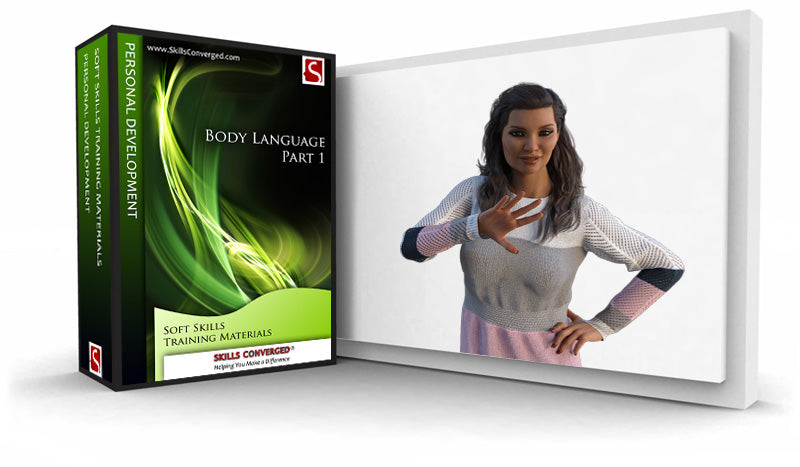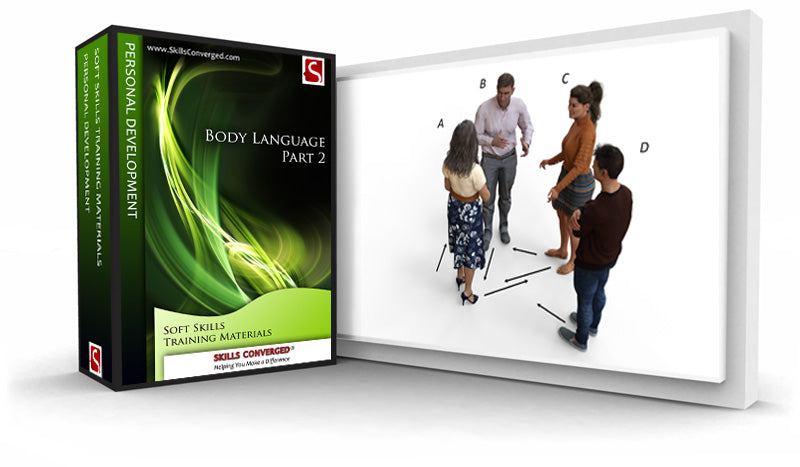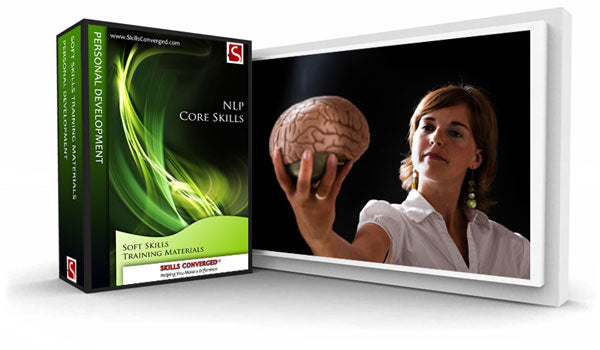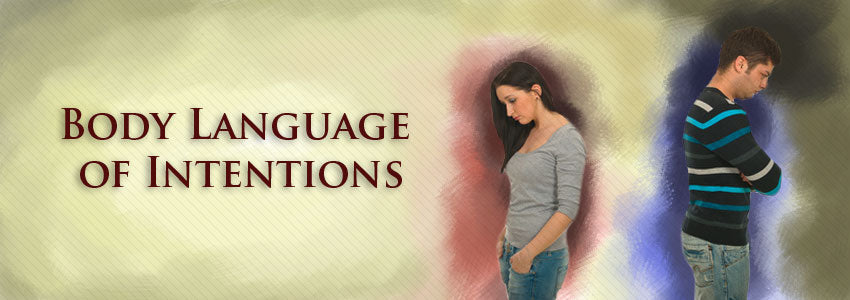
Body Language of Intentions
The way people position their bodies can tell a lot about what they like or dislike. By reading these non-verbal signals you can discover their true intentions and interests beyond what they verbally say. Similarly, awareness of such signals allows you to control your own posture better either to imply certain interests or to avoid giving away what you think with your body. Various parts of the body are used in this process as described below:
Body Orientation
The direction that the body is facing indicates what the person is interested in. Body follows the mind. Suppose you are talking to someone while the other person’s entire torso is tilted away from you. This usually suggests that he is not interested in you and is looking forward to leave the conversation. Similarly, if the torso is tilted towards you and he directly faces you, it means that he is very much interested in you and wants to continue with the conversation with you.
Foot Pointing
Similar to body orientation, a foot pointing towards something usually indicates that the person is interested in what the foot is pointing to. For example, a group is standing around and having a conversation and you want to know who is interested in whom by reading their body language. If someone’s foot is pointing towards you, it shows that the person is interested in you. If a person’s foot points towards an exit or away from the group, it usually suggests an interest in leaving the group, perhaps because it is boring or other groups seem to be more interesting.
The following image is an example of reading foot and torso orientation along with other signals as part of a cluster of non-verbal signals.

An example of body language of orientation
Interpretations
Here are the interpretations:
The woman in the middle
1,2. Foot pointing towards the man on the right. She is pointing towards the man on the right but has tilted her torso along with her head to look at the man on the left.
3. Using a barrier. She is holding the pad as a barrier with both hands and the barrier is facing the man on the left.
The man on the left
4. Foot pointing towards the man on the right. As the conversation is unfolding, the man on the left is focused entirely on the man on the right.
5. Hand in pocket. He is hiding his emotions by not gesturing. Sign of possible deception.
6. Foot pointing outside of group. His body is turned away from the centre of the group and his foot also points outwards. This Indicates interest to leave the group or finish off the conversation.
The man on the right
7. Foot pointing outwards. He also wants to leave.
Overall, considering that the woman is defensive, the man on the left is potentially deceptive and both men want to leave, there doesn’t seem to be much of an agreement between them in what they are discussing.
Head Movement and Glances
Similar to torso and foot orientation, head movement away from a person or a group suggests interest in something else. We tend to be more familiar with this gesture because it is easier to catch it as we tend to look at people’s head more often than their torso or feet.
However, you need to read this gesture in a cluster to avoid misinterpreting it. A person may glance sideways to see who is around and perhaps invite them over to your group due to the nature of the conversation you are having. So be careful when interpreting this non-verbal signal.
Crotch Display with Pointing Foot (for men only)
This is a variation of crotch display while standing with the addition of foot pointing. When a man adopts this posture, his body language usually indicates that he wants to show that he is confident, equal to, interested in and perhaps desires to dominate the person he is pointing towards.
Including or Excluding Others
Suppose three people are standing in a group and having a conversation. General body orientation is a good indication of discovering who is included in the group and who is not. For example, two people might be facing each other directly, leaving the third person isolated. In this case, the heads of these two people is turned towards the third person when talking to him, but their bodies indicate that they are not interested in the third person and they would rather prefer if he left the group.
Eye Contact
Eyes tend to be one of the most expressive parts of our body. They are a critical part of body language interpretation and should be carefully studied. This is one reason why making an eye contact is critical; you get to see the other person’s eyes and thereby can better understand the true meaning of their words.
It is well known that eye contact will generally improve communication. This is why removing sunglasses is critical when you are interacting with a person and expect the communication to be emotional. For example, law enforcement officers who remove their sunglasses usually get much better results in terms of cooperation from suspects or people that they interact with in the course of an investigation.
Direct eye contact suggests interest in a person. Avoiding eye contact usually indicates disinterest, shyness, potential deception, being troubled or submissiveness.
Eye Movement
A model popularised by NLP (Neuro-Linguistic Programming) aims to capture the true intentions of a person based on their eye movements, or eye accessing cues as they are known within NLP. There have been various studies on this topic and the model is usually effective when the eye movements are interpreted within context and with other gestures as part of a cluster. Simply observe how a person moves his eyes and use the following chart to interpret the signals.

Remember, the diagram is only a starting point. Do not make conclusions solely based on a single eye movement. Use the signals to probe further. For example, based on this model eye movement can be used to see if a person answers a question based on memory or by thinking. This can then be used to see if a person is lying.
Much research has been carried out on this area within body language to see if eye movement can be reliably used for lie detection. The studies show that in general there is no strong correlation between the left and right direction of eye movement and lying, though it might work for some people. In addition, the left and right eye movement tends to differ between left-handed and right-handed individuals too.
For example, in an interesting set of studies, Wiseman and co-researchers conducted three experiments (Wiseman et al., 2012). In experiment 1, they directly measured eye-movement of participants using cameras while reporting what they had just done in an office room. The task was to place a mobile phone in a drawer as well as reporting the contents of the drawer (for the truth telling group) or putting the phone into a bag and making up a list of items that they could have seen in the drawer (for the lying group). The results showed no significant difference in eye cues when they reported the event.
But what if participant knew about NLP? Wouldn’t that make them better in spotting liars at least because they would feel more confident due to receiving lie detection training based on NLP. In the second experiment, participants carried out a lie detection test. One group of participants was ‘trained’ on eye accessing cues in NLP and the control group was not. Again, there were no significant differences between the ‘trained’ group and the control group who did not receive any lie detection training.
What if the reason that participants were not successful in detecting lies was because the lies were trivial and lying did not bear any significant consequences? In the third experiment, the researchers decided to analyse real-world high-stakes situations where lying could have drastic consequences for the individual. They analysed a series of video tapes of individuals that made a public plea for the safe return of a missing relative. The videos gathered from several countries were selected in a way that half were of those who were lying (and that there is independent compelling evidence to suggest this) and that the other half were not lying. The analysis did not show any significant difference between the eye cues of the liars and the truth tellers. Overall, the results simply showed that there is no evidence to support the link between associating the left and right movement of eyes with lying. In contrast, studies show that liars are more likely to use tentative words such as “perhaps” and “maybe”, are more likely to use fewer words and blink more often (ten Brinke, 2011). See body language of lying for more non-verbal signs of deception.
Hence, in general eye movement doesn’t seem to be a reliable source to detect lies if you don’t know the person. However, if you know a person and can observe their eye movements based on what they say, you may be able to spot a pattern over time which can help you to improve your interpretations. You can then decide if they are thinking or referencing memory when they move their eyes.
References
Wiseman R., Watt C., ten Brinke L., Porter S., Couper S.L., Rankin, C. (2012) “The Eyes Don’t Have It: Lie Detection and Neuro-Linguistic Programming”, PLoS ONE 7(7): e40259. doi:10.1371/journal.pone.0040259
ten Brinke L., Porter S. (2011) “Cry me a river: Identifying the behavioral consequences of extremely high-stakes interpersonal deception”, Law and Human Behavior, Advance online publication. doi: 10.1037/h0093929
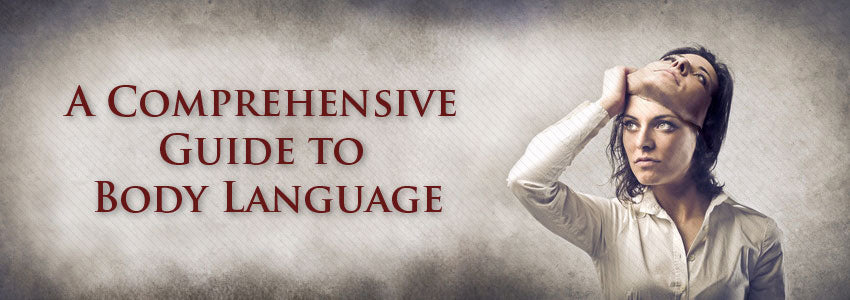
All Articles in the Series
A Comprehensive Guide to Body Language
Origins of Humans and Body Language
How to Read People Using Their Body Language
How to Influence Your Emotional State Using Body Language
Body Language Across Different Cultures
Body Language of Defensive Attitude
Body Language of Good First Impressions
How to Improve Personal Impact
Continue Reading the Body Language Series..
Body Language Guide Article IndexBody Language Training Materials
Body Language Exercises
Explore our collection of free body language training exercises and articles:



Use this body language exercise at the beginning of a session before covering non-verbal communication. The aim is to find out how much delegates already know about this topic and...
The aim of this exercise is to get the delegates think about body language and gestures and observe how such signals can be instrumental while communicating. The training exercise illustrates...
This is an exercise in communication with the aim to increase awareness of body language and non-verbal communications.





